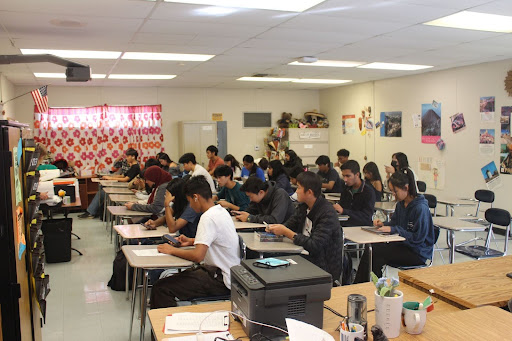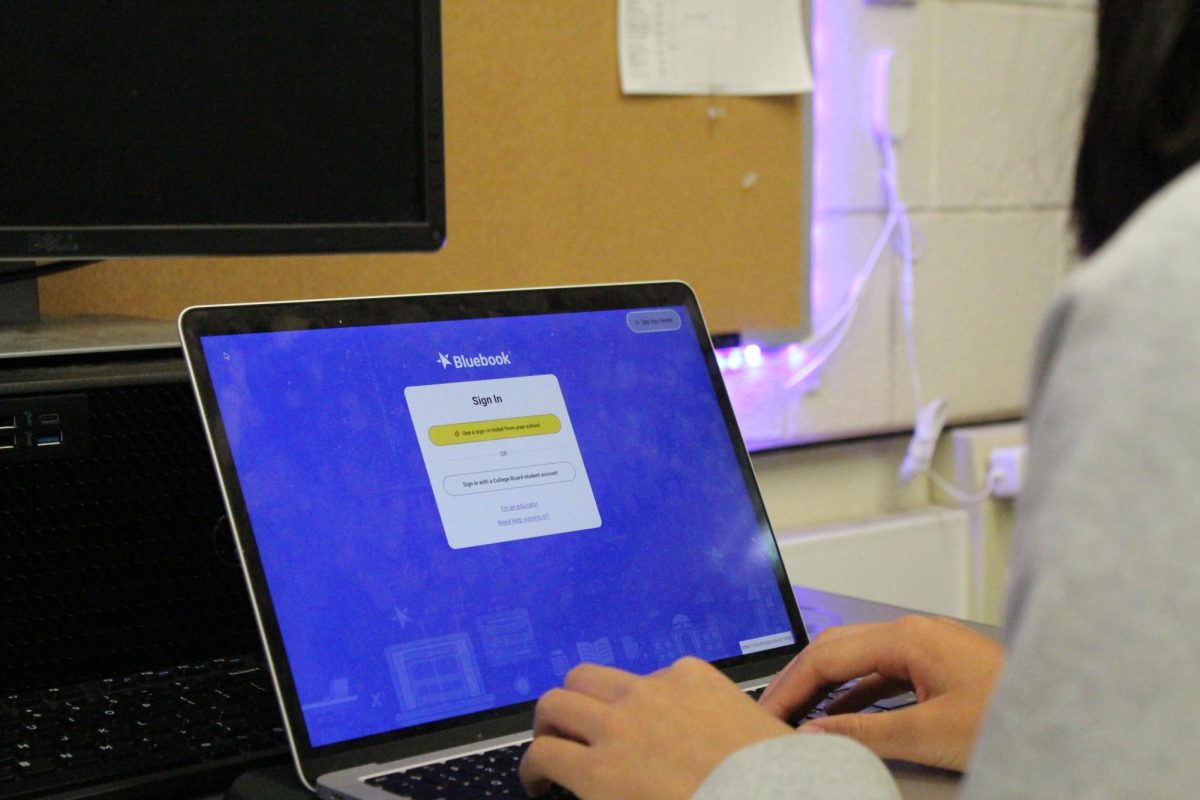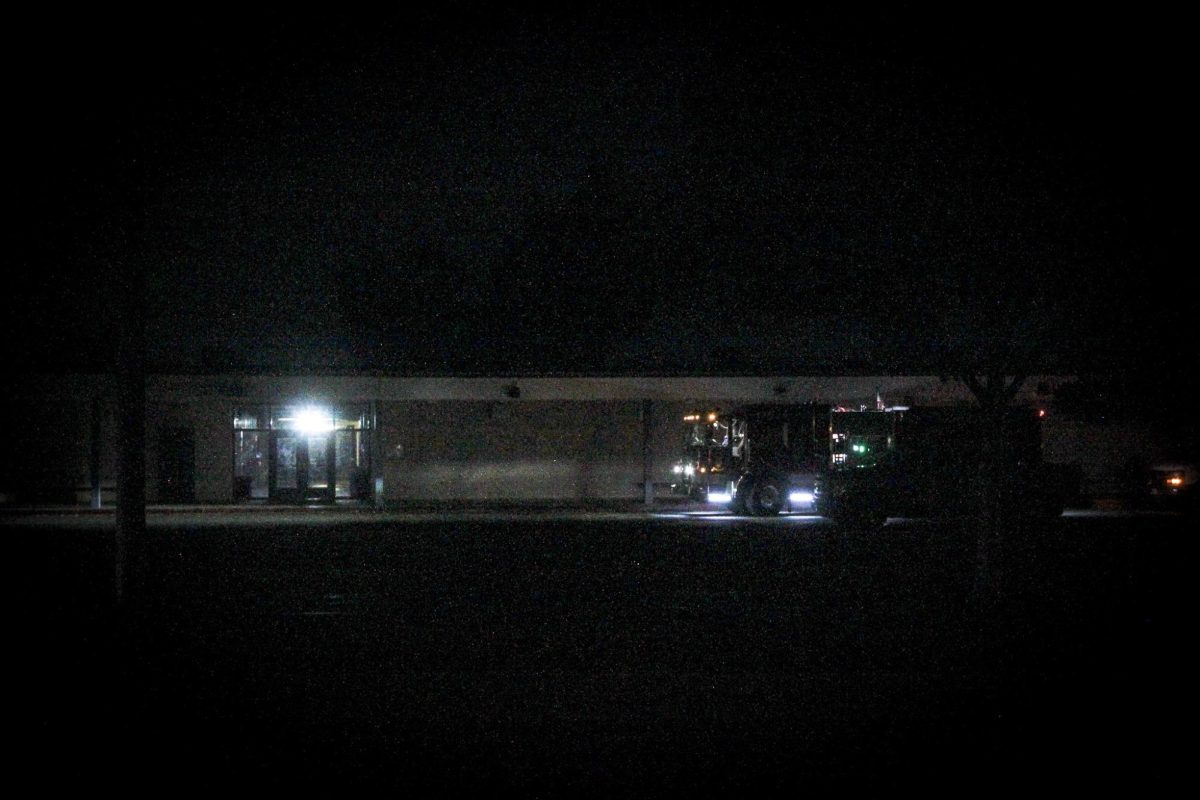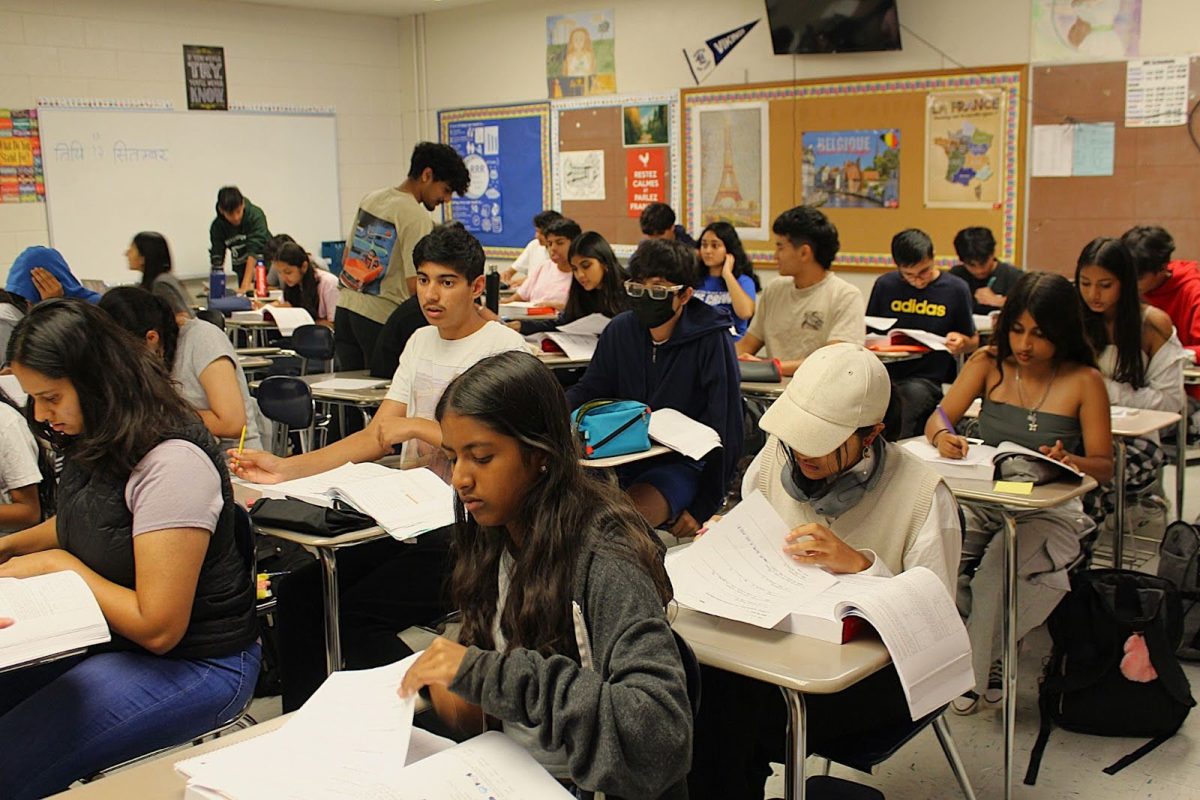Results of 2016 election cause debate over electoral college
The graphic displays how the electoral votes are divided among states and districts.
January 5, 2016
The 2016 presidential election of the United States of America ended with Democratic nominee Hillary Clinton winning the popular vote by 2.8 million votes and Republican candidate Donald Trump winning the electoral college by 74 votes. Trump was then declared president-elect.
Even after the result of the election was practically determined, discussions and interest in the election did not die down. On the contrary, protests and riots rejecting Trump as president-elect erupted across the country. In addition, a vocal effort to convince electors to defect and vote for Clinton gained support among protesters, who saw the electoral college as their last chance to oppose Trump.
In order to win, a candidate needs 270 out of 538 electoral votes and in order to earn an electoral vote, candidates must win the popular vote. Each state receives the same number of votes as representatives in the congress. When the average citizen casts a ballot for a certain party’s candidate, they are actually voting for the party’s chosen board of electors, which is often composed of loyal and active party members. While laws dealing in the specifics vary from state to state, the majority of the states operate on a winner-takes-all system.
Despite a lack of constitutional and federal restrictions, electors may be bound by state laws or pledges and ties to their party, practically always voting for their party’s candidate. Penalties for defecting electors also differ from state to state. Some states require fines while others cancel the vote and replace the elector. Even will all these precautions, defecting electors are primarily independent and fail to change the outcome of the election.
The 2016 lobbying movement fell short; according to Politico, while a record number of seven electors defected, only two electors officially defected from Trump as opposed to five electors against Clinton. The final vote, 304 against 227, cemented the results of the election, but incited another movement questioning the electoral college. The more radical protesters denouncing Trump are going beyond lobbying attempts, questioning the fundamental role of the electoral college, and demanding a revamping of America’s election system.
Contemporary critics of this system claimed that it was not representative of the people’s will, citing Alexander Hamilton’s essay within the “Federalist Papers” which defines the purpose of the electoral college as a safeguard against populist candidates, a label the critics pinned on president elect Trump.
The debate regarding the American electoral system became even more controversial following the FBI’s identification of Russian cyber terrorism as a desire to influence the election in Trump’s favor. A major talking point throughout the election, the oft-mentioned “secret Clinton servers and emails scandal” was the work of two Russian hacker groups who infiltrated servers belonging to both the DNC (Democratic National Convention) and the RNC (Republican National Convention), leaking major DNC files on the illicit publication platform Wikileaks on July 22. Protesters claim that such foreign influence skewed the election and served as an example of the current system’s glaring inadequacy.
The end result of this divisive election may already be established; Trump is the United State’s forty-fifth president. However, nation-wide sentiment hints only at further conflict and a deepening of the partisan divide. While the president may have been chosen, the controversy regarding the role and abilities of the electoral college and electoral system as a whole to represent the citizens of America is unlikely to die down.











